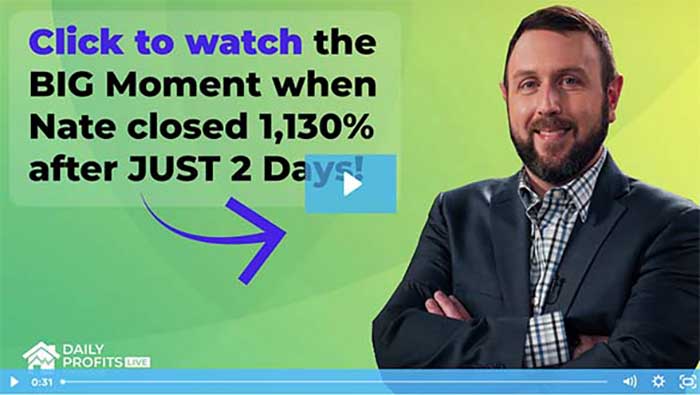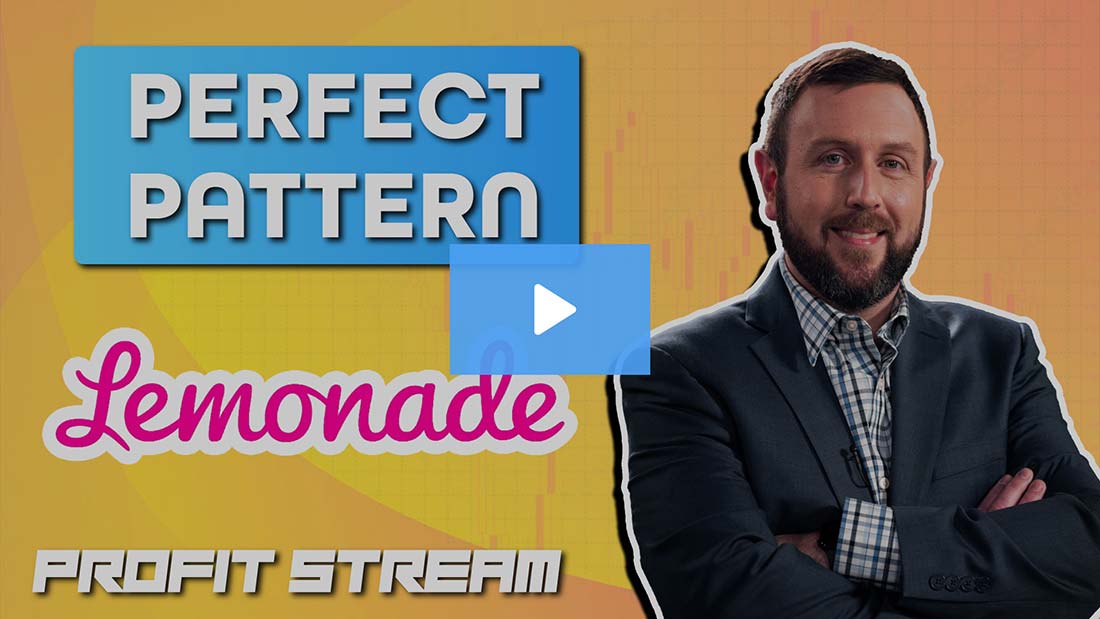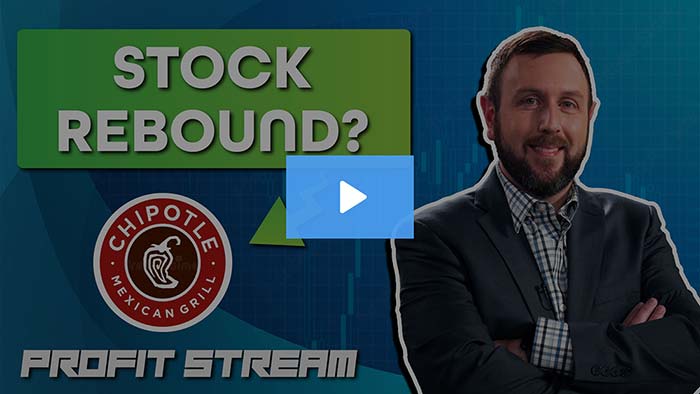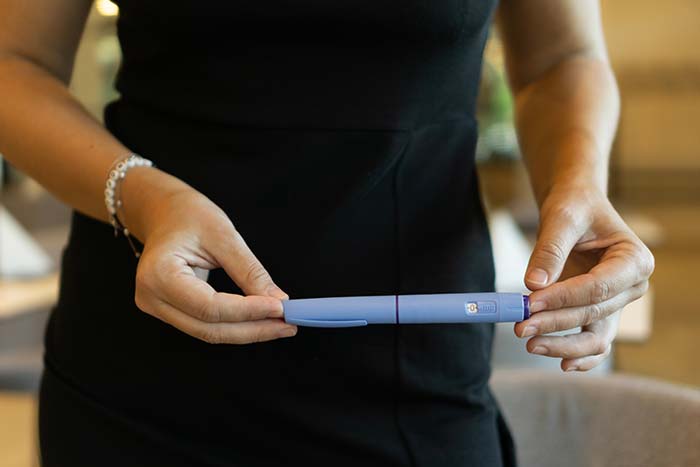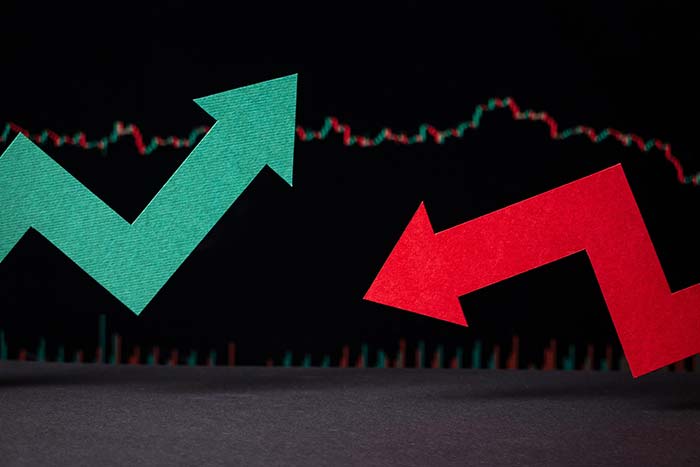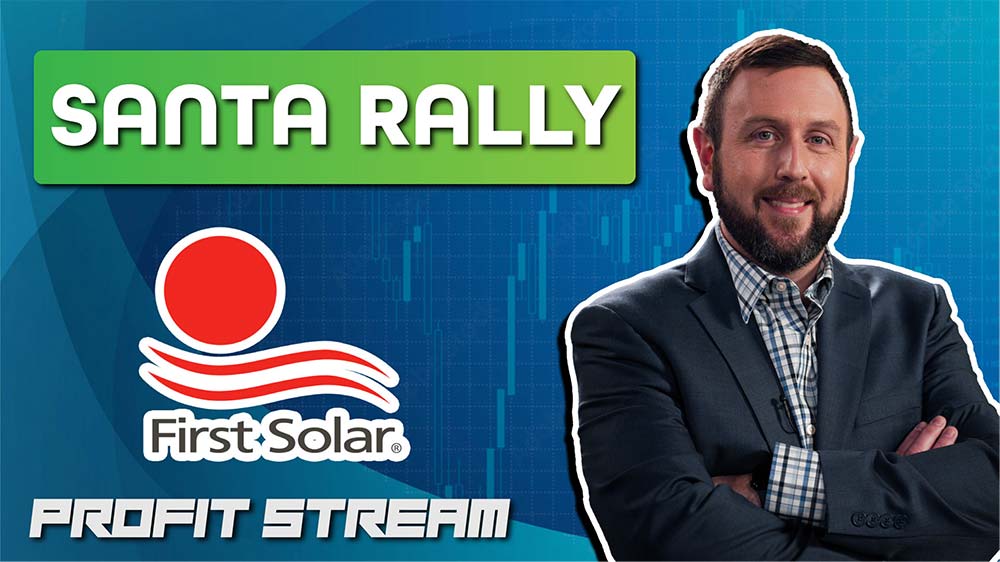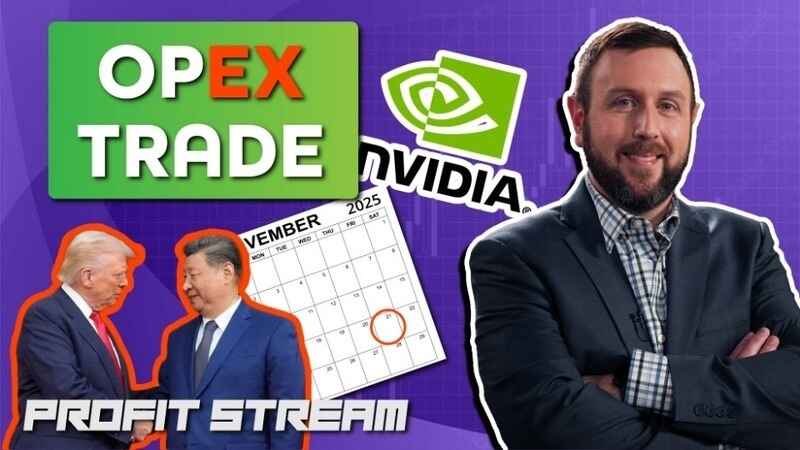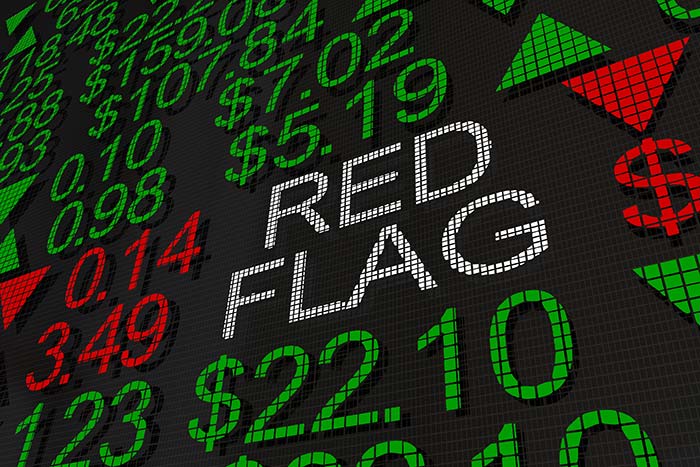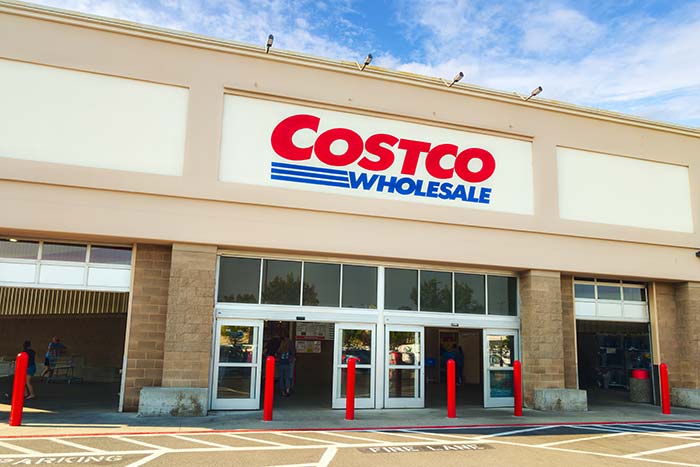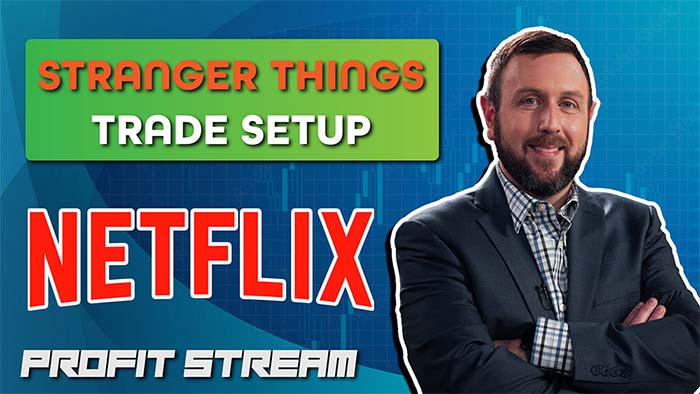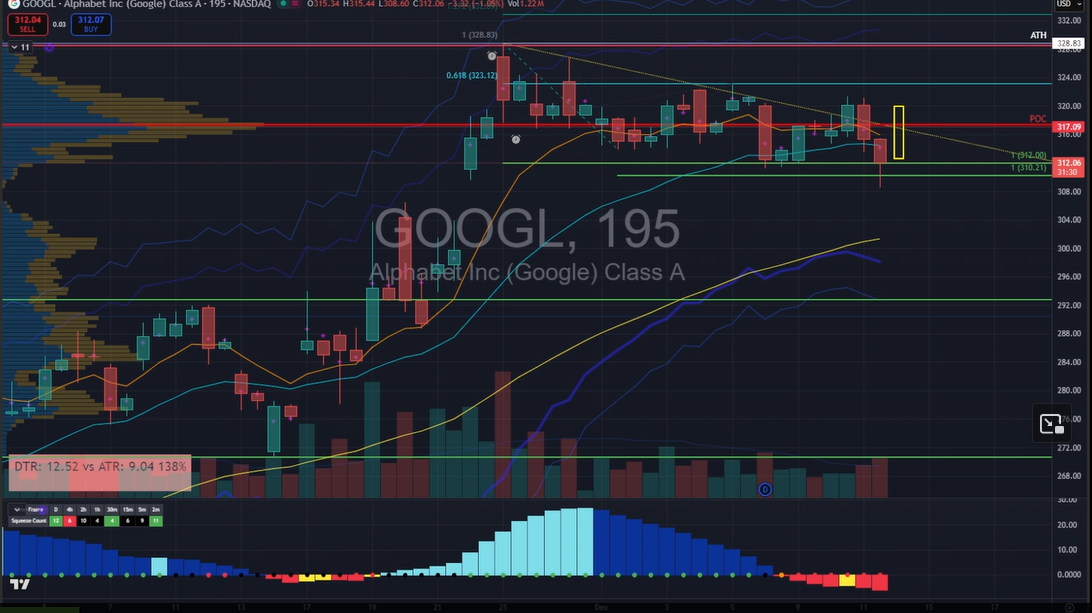How to Increase Your Trading Win Rate
In 2023, I made 28 recommendations using a very specific strategy. The result was 26 wins for a 93% win rate.
Now, I’ll preface today’s article by saying I have used this particular strategy to recommend real trades to my readers since May 2019. So it’s not an anomaly. This strategy has stood the test of time.
The strategy I’m writing about today is put selling.
From 2019 until now, I’ve made dozens of put sell recommendations. The goal is to “win” on these trades at least 80% of the time. (When I say “win,” I’m talking about avoiding being forced to buy shares of the underlying stock, which is also called “getting put.”)
But it turns out our 80% goal was too low… As I said above, we are now at over a 90% win rate since inception!
Getting put occasionally is fine by me, since I only recommend selling puts on companies I wouldn’t mind owning.
However, things change fast, and sometimes we get stuck in a losing trade before we have time to adjust. But in those cases, we’re still able to minimize our losses by position sizing.
The truth about trading is…
There will be losses. That’s inevitable.
But by position sizing, you can limit the damage from any loss.
How I Find Put Sell Opportunities
When I look for a put sell candidate, I use the same criteria I use to identify the best stocks. Here are a couple of key rules I stick to when I sell puts:
- I don’t chase premium. Chasing premium – that is, targeting the options that offer the highest premiums – is the quickest ticket to the poorhouse. Sure, I could get a ton more premium if I chased a big company like Roku (ROKU), Beyond Meat (BYND) or Tesla (TSLA), but I know that the probability of being put is very high for such companies. And I don’t want a call from my broker asking me to pony up a ton of cash for a trade that went south quickly.
- I will sell a put on a company only if I can get a strike price that is 20% to 50% below the current market price. Also, the expected return on the trade must be in the double digits, and the probability of being put must be lower than 20%. These guidelines help me minimize my losses and maximize my gains.
I usually sell longer-term puts – sometimes even long-term equity anticipation securities (LEAPS). That’s not to say I don’t do short-term puts, but I only do so under certain parameters.
The average holding time on these trades is just over three months… even for the LEAPS. This is because I almost always close them out early once I achieve my target return.
The goal is to make at least 50% of the premium that I received when I sold the put. So if I sold the put for $2, I’ll look to make at least $1 before I close out the position.
This approach is why I don’t really care about the time horizon as much as I care about the criteria. I have sold many LEAPS puts that had more than a year until expiration and closed them out in a couple of months or less.
The key to making money by selling puts is understanding how options are priced and how they react to moves in share price. It’s all about time, volatility, strike price and the underlying company.
The worst-case scenario is being in a sector that is getting pounded mercilessly or in a company that is cooking its books. Those are more examples of why you must position size.
By having a 20% to 50% cushion on the downside, you can eliminate the need for further protection. However, that does not mean you can’t buy protection or that you shouldn’t adapt your strategy to allow yourself to sleep better or invest less cash.
And here’s one final thing to consider: Market downdrafts can be harmful if they last, but they will provide great put sell opportunities. Some of my best put sells have occurred during market crashes or corrections.
![]()
YOUR ACTION PLAN
Now you know my secret to selling puts and achieving your own almost-perfect success rate. But you can sit back and let me do all the work for you when you join me in The War Room. I’ve kicked off 2024 with several long-term trades that have helped War Room members get off to a strong start. Last week, I closed 12 trades, and all 12 were winners, including a 77.22% return on Chewy (CHWY) in 103 trading days. That’s a 100% win rate, which shows you what’s possible when you understand put selling.
Click here to join me in The War Room and follow along as I use this strategy today.
